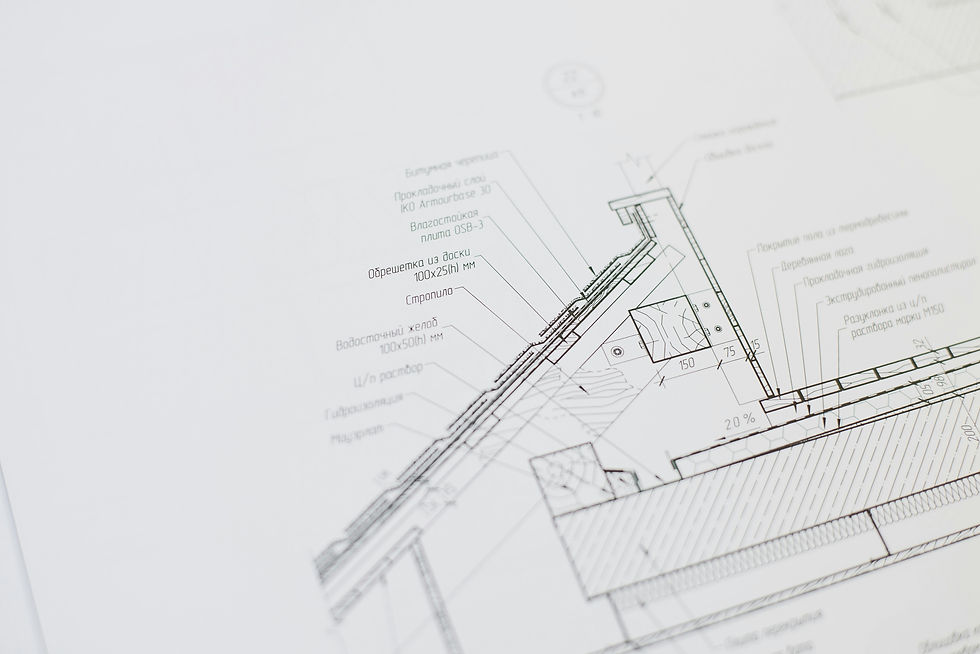Civil Engineering Homework Help Demystified
- imrankhandigital64
- Aug 21
- 3 min read

Ever felt overwhelmed staring at formulas and diagrams and wished “civil engineering homework help” really could lift the fog? In this article, you'll uncover how targeted support—whether through expert tutors, step-by-step guides, or interactive platforms—can illuminate complex subjects like structural analysis, surveying, and hydraulics. We're about to peel back the curtain on what “homework help” truly offers: not just answers, but the means to understand, apply, and even enjoy the core concepts of civil engineering. Ready to discover how a little guidance can transform challenge into clarity? Dive in, and demystify your path to mastering civil engineering one assignment at a time.
1. What Makes Civil Engineering Homework Challenging?
Civil engineering assignments don’t just test theory; they combine mathematics, design, environmental science, and practical application. Students are often expected to juggle structural analysis, surveying principles, fluid mechanics, and material behavior all at once. The challenge lies in connecting multiple disciplines while presenting solutions in an organized, professional way.
2. Demystifying the Process: Step-by-Step
Clarify Assignment Requirements
The first step to success is clarity. Break down your homework question and identify what is really being asked. Professors often add details that can distract from the core task, so simplifying the question helps focus your effort.
Build a Roadmap
Just as civil engineers design blueprints, students need a roadmap for assignments. Create a timeline for calculations, diagrams, and written explanations. This prevents last-minute chaos.
Use the Right Tools
Modern engineering software such as AutoCAD, STAAD Pro, or MATLAB can make complex calculations and diagrams easier. Don’t hesitate to use these tools to save time and enhance accuracy.
Seek Help Strategically
At times, no matter how much effort you put in, the assignment may still seem confusing. That’s when it’s wise to reach out to experts for guidance diving into civil engineering homework help. You don’t have to struggle alone—learning from professionals can give you a new perspective and improve your overall understanding.
Review and Reflect
Never submit an assignment without reviewing it carefully. Check calculations, diagrams, and explanations for accuracy. Reflection helps you identify mistakes and refine your problem-solving approach.
3. Learn Refined Problem-Solving Techniques
Civil engineering isn’t about solving problems mechanically; it’s about applying creativity to real-world contexts. Practice breaking big problems into smaller chunks, compare different methods of solving, and always connect theory to practical examples. Over time, this habit sharpens your analytical thinking.
4. Choose Help Wisely
Not all sources of assistance are reliable. Friends may give you tips, but expert tutors or professionals can provide deeper explanations. Look for resources that guide you in understanding the subject, not just giving quick answers.
5. Practical Framework: “Homework Help Demystified”
Think of civil engineering homework as a small construction project:
Foundation → Understand the requirements.
Blueprint → Build your roadmap.
Tools → Use software and resources.
Construction → Work through calculations and diagrams.
Inspection → Review before submission.
This framework turns a stressful task into a structured, manageable process.
Final Thoughts
Civil engineering homework may seem overwhelming at first, but with the right strategy, tools, and mindset, it can actually become a rewarding learning experience. By breaking the process into steps and seeking guidance when necessary, you not only finish assignments efficiently but also strengthen your skills for future projects. When approached wisely, civil engineering homework help is not just about finishing a task—it’s about learning how to think like an engineer.



Comments